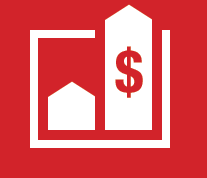
Better Funding
calling for a larger proportion of funding for interventions that target communities at higher risk of HIV Continue reading
The problem
Communities at higher risk of HIV account for a large proportion of new HIV infections in the world. In nearly 150 countries, high HIV prevalence (i.e. more than 5 in 100 people found to be HIV-infected) has been documented among people who inject drugs, people engaged in sex work, and men who have sex with men.
However, HIV prevention programmes which support these populations receive less than a fifth of the total funding support for HIV prevention globally.
The solution
‘What’s Preventing Prevention?’ calls on donors and governments to ensure that funding for scaled-up HIV prevention services effectively reach communities who are at higher risk of HIV.
The reality

The HIV epidemic is a tragedy for millions of people and a costly time-bomb for governments and donors. For every 3 people who get treatment, 5 others are infected. At this rate, spending for HIV will rise from $13 billion now to between $19 and $35 billion in just 20 years’ time.
To reduce and contain long-term AIDS spending, the number of new infections over the next two decades must be reduced to well below 1.2 million a year as opposed to the 2.3 million people who were infected globally in 2009.
The best way to do this is to target those who are at higher risk of HIV and increase the amount/proportion of funding such populations receive.
We know that eliminating legal, social and political barriers to HIV prevention for vulnerable and most-at-risk populations has not only a moral imperative, but a strong economic argument. By removing these barriers, countries could reduce the number of expected new infections by an extra 10% or more.
